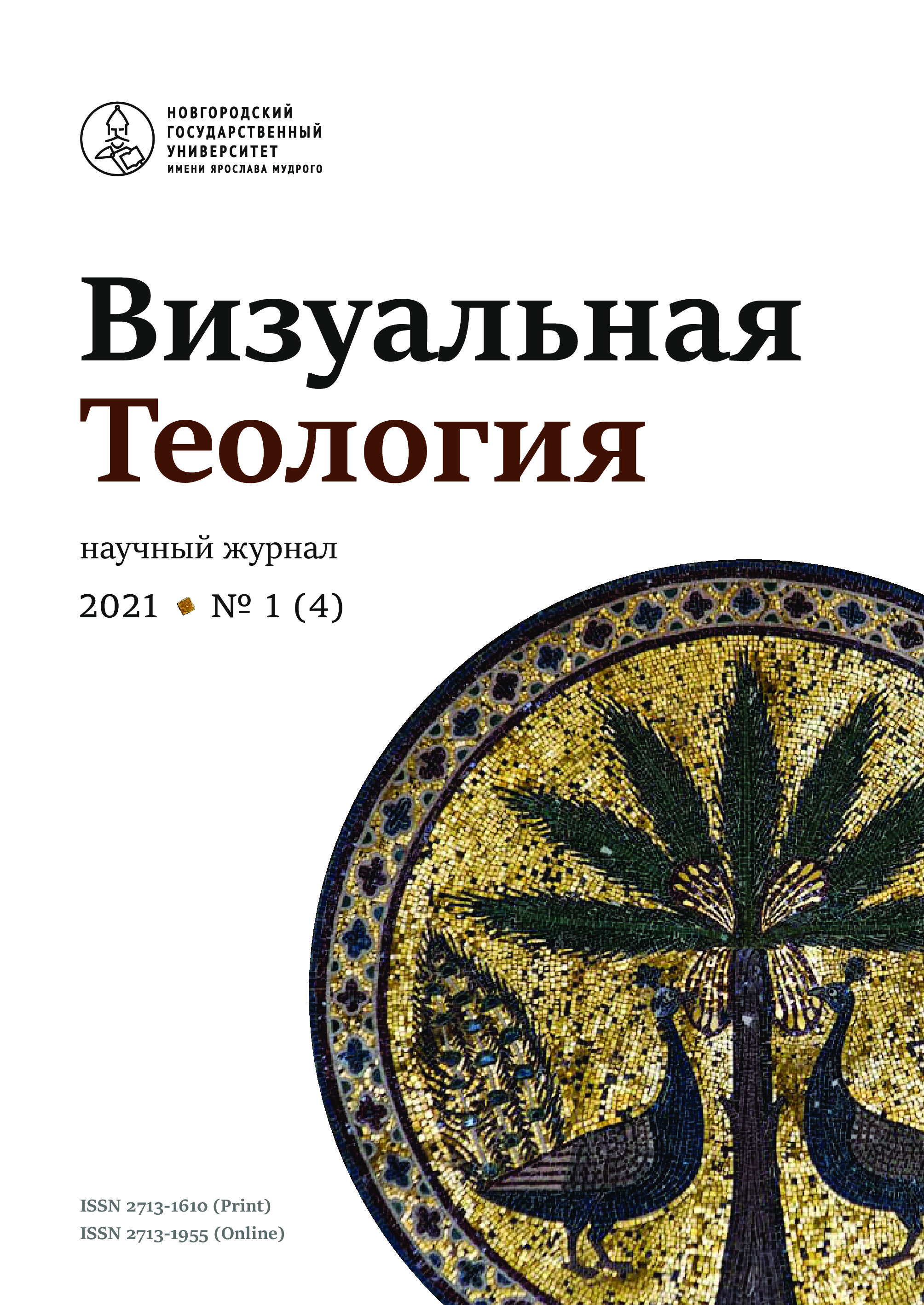Visual Antinomy of Sacred Perfection. Ginevra de’ Benci’s Mystery in Tarkovsky’s Mirror
Аннотация
The article examines the significance of Renaissance aesthetics for Andrei Tarkovsky and explores the functioning and semiotic effects of the Renaissance figurative model in the film Mirror. The study focuses on one of the least commented stills with a great symbolic significance – the “Portrait of Ginevra de’ Benci” (or “Portrait of a Young Woman with a Juniper”) by Leonardo da Vinci. The author emphasizes the visual and semantic connection between Leonardo’s canvas and the image of the main character of the film, showing how the director creatively develops the mysterious connection between the two women from different times and cultures. On one hand, the inner world of the main heroine is reflected in Leonardo’s canvas. On the other hand, a certain view of the camera on Ginevra’s portrait and the lighting technique reveal the secret world of the spiritual evolution of the main character. Tarkovsky visually connects the biographical plot with the sacred themes of eternity, immortality, the antinomic perfection of man, and the salvation of the soul, using the symbolically rich Renaissance imagery created by Leonardo da Vinci.


